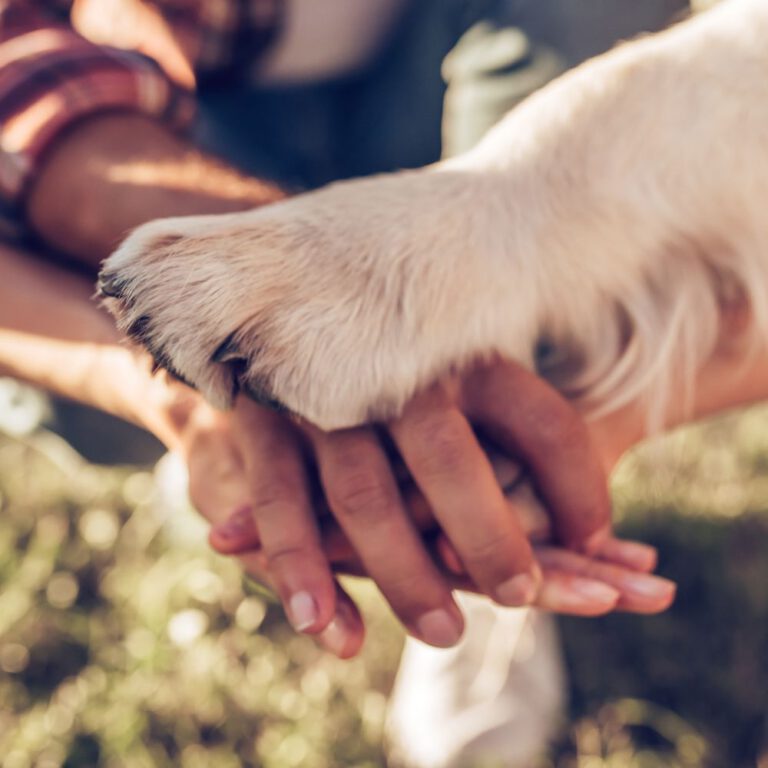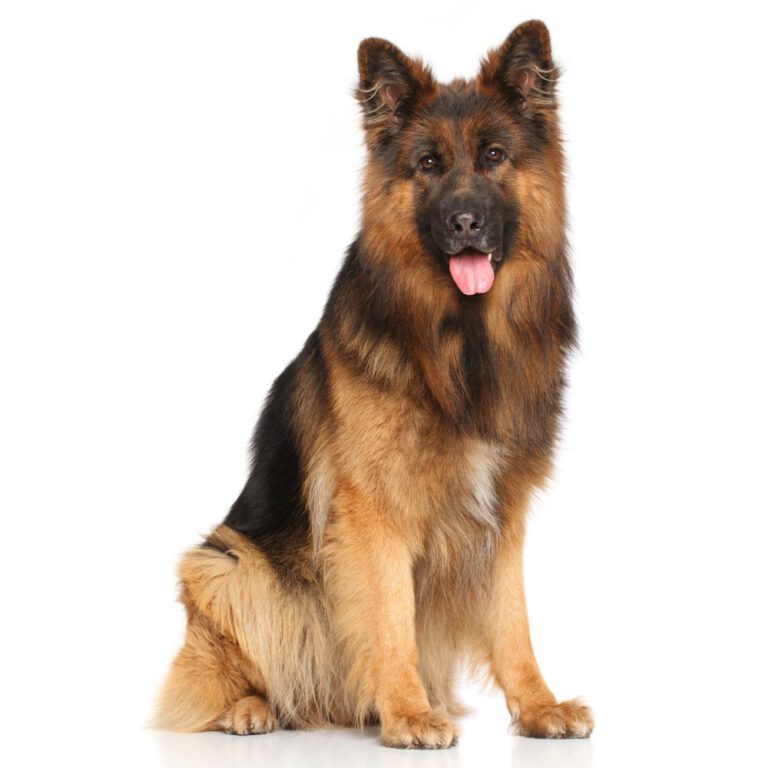How to Protect Your Dog from Extreme Weather Conditions

As a responsible pet owner, it’s crucial to ensure your dog is safe and comfortable during extreme weather conditions. Whether it’s the scorching heat of summer or the frigid cold of winter, here are some essential tips to help protect your furry friend from harsh weather.
Hydration and Shade
During hot weather, keep your dog hydrated with fresh, clean water, and add ice cubes to keep it cool. Make sure they have access to shaded areas if they spend time outdoors. Trees, umbrellas, and tarps can provide relief from direct sunlight. A well-ventilated doghouse can also offer a cool retreat.
Exercise and Cars
Exercise your dog during cooler parts of the day, like early morning or late evening. Avoid vigorous activities during peak heat hours, and watch for signs of overheating such as excessive panting, drooling, or lethargy. Never leave your dog in a parked car, even for a short time, as temperatures can rise rapidly, leading to heatstroke or death.
Cooling Products and Warmth
Consider using cooling mats, vests, or bandanas to help lower your dog’s body temperature. A damp cloth can also help, especially on their paws, belly, and neck. In cold weather, keep your dog warm with sweaters or coats, especially for smaller breeds, puppies, and older dogs. Limit time outdoors in extreme cold, opting for frequent shorter walks over prolonged exposure.
Paw Protection and Cozy Beds
Snow, ice, and salt can be harsh on your dog’s paws. Use dog booties or apply paw balm to prevent cracking and irritation, and always wipe their paws clean after walks. Ensure your dog has a warm, draft-free sleeping area indoors. Use blankets, dog beds, or even a heated pet mat, avoiding places near doors or windows where drafts can seep in.
Caloric Intake and Health Checks
Dogs may require more calories in winter to maintain their body heat. Consult with your vet about adjusting your dog’s diet to meet their increased energy needs. Regular vet check-ups are essential to ensure your dog can handle temperature extremes, especially if they have underlying health conditions.
Grooming and Signs of Distress
Proper grooming can help your dog cope with weather extremes. Regular brushing in summer helps remove excess fur and prevent overheating, while a well-maintained coat in winter provides better insulation. Avoid shaving your dog’s coat in winter as it offers natural protection against the cold. Be aware of signs of heatstroke (excessive panting, drooling, vomiting, collapse) and hypothermia (shivering, lethargy, weak pulse) and seek veterinary attention immediately if needed.
Indoor Enrichment and Emergency Preparedness
Keep your dog entertained indoors during extreme weather with toys, puzzles, and interactive games. Mental stimulation helps prevent boredom and destructive behavior. Have an emergency plan for extreme weather conditions like hurricanes, floods, or snowstorms. Ensure you have an emergency kit with food, water, medications, and other essentials for your dog.
Conclusion
Protecting your dog from extreme weather conditions requires proactive measures and diligence. By following these tips, you can ensure your furry friend remains safe, healthy, and comfortable, regardless of the weather outside. Taking these precautions will help you and your dog enjoy each season to the fullest.





